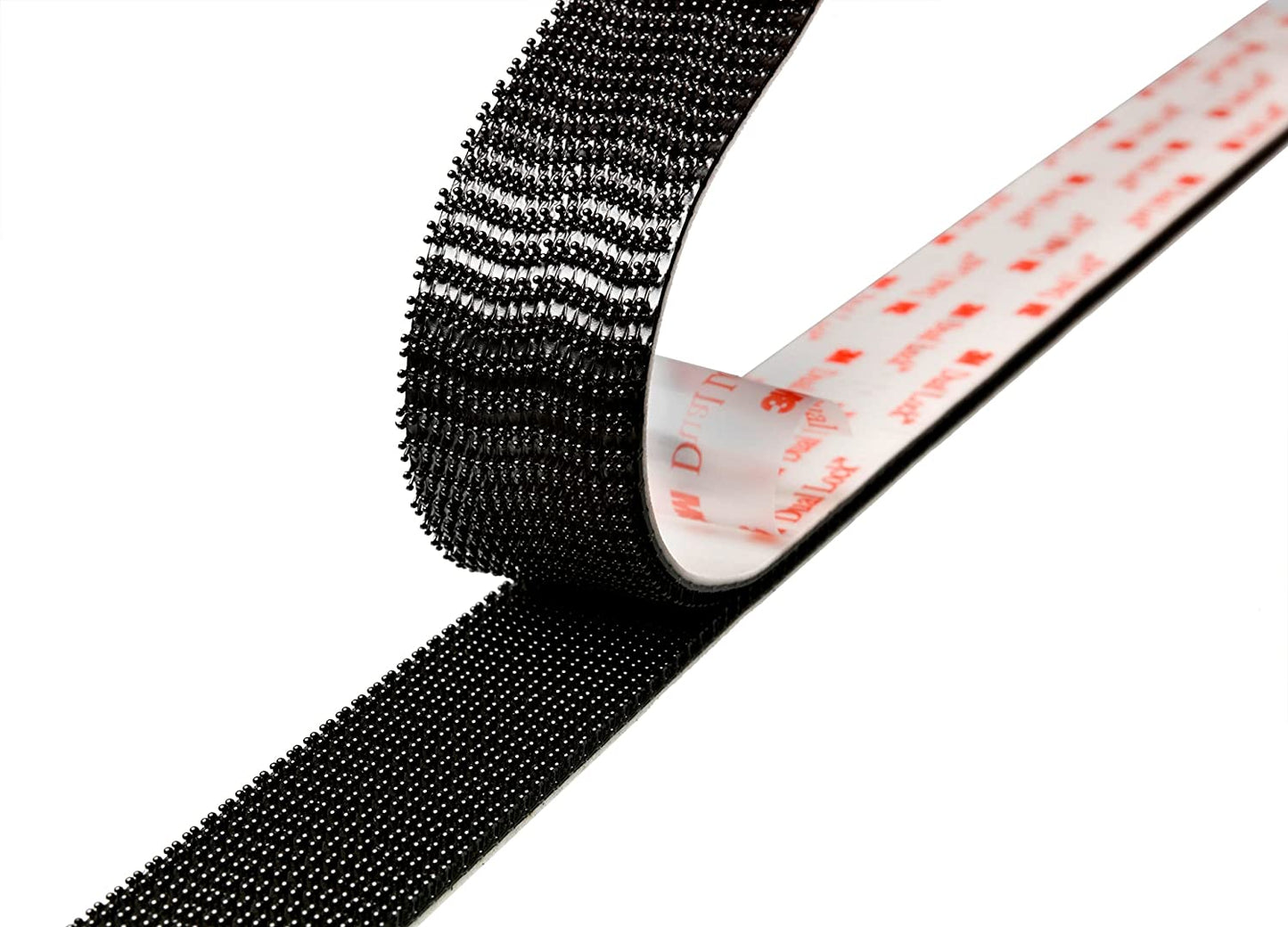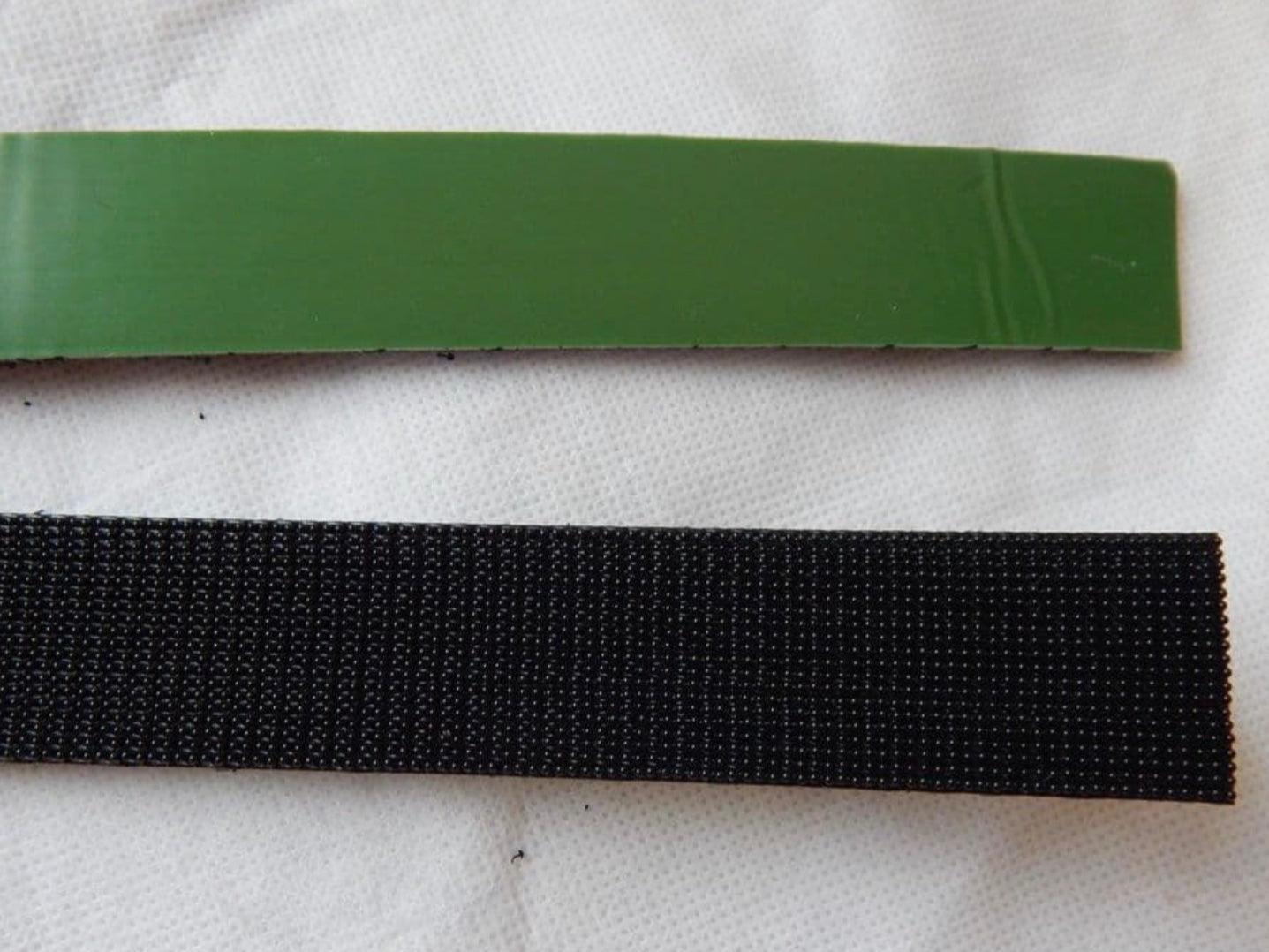Scorched Parts RC
3M Dual Lock SJ3551 Battery and Multi Purpose Mounting Tape (25mm x 500mm)
3M Dual Lock SJ3551 Battery and Multi Purpose Mounting Tape (25mm x 500mm)
Couldn't load pickup availability
3M Dual Lock Fastener SJ3551 With Self Adhesive Backing. 25mm wide, supplied in 2x250mm lengths (enough to mount 1 battery)
Stronger Than Hook And Loop Fastener
This is designed to fix to itself so there are not 2 different sides.
If you needed to attach something 100mm long you would need 200mm of tape.
This product has a green self adhesive backing, this is removed so does not show when the product is used
This is a reclosable fastener with a general purpose acrylic adhesive on the back of a black, polypropylene reclosable fastener. 3Mƒ?› Dual Lockƒ?› Reclosable Fastener SJ3551 has 400 stems per square inch with an 0.23 inch engaged thickness. Offers a closure life of 1,000. A black fastener with mushroom shaped stems backed with a white, general purpose acrylic pressure sensitive adhesive. Type 400 stem density polyolefin fastener which mates to Type 170 or 250. Designed to bond to metals, glass and medium to high surface energy plastics and paint. Attachment Method Equilibration: To obtain an optimum adhesive bond to any surface, the Dual Lock reclosable fasteners and the materials to which the fasteners will be adhered should have equilibrated at temperatures between 60?ø to 100?øF (15?ø to 38?øC) for a minimum of one hour before application. Bringing materials from a cold area into a warm, humid location may cause moisture condensation. The pressure sensitive adhesives on the back of Dual Lock reclosable fasteners have poor adhesion to wet surfaces. Initial tape application to surfaces at temperatures below 60?øF (15?øC) is not recommended because many of the adhesives are too form to readily adhere to the surface.However, once properly applied the holding strength under humid conditions and low temperature are usually very excellent. Surface Preparation: In general, highly textured surfaces may reduce the ultimate adhesion levels and care should be given to minimize or reduce surface texture or roughness. Adhesive backed Dual Lock reclosable fasteners should be applied to surfaces that are clean, dry and free of condensed moisture, oil, rust, grease, dust, mold release agents or other contaminants that could reduce the adhesion. The removal of materials containing plasticizers, other low molecular weight compounds and other materials on the surface to which the adhesive will be bonded will increase the ultimate and long term adhesive performance and strength. It is recommended to remove any surface contaminants that may reduce adhesion by using a method suited for the type and quantity of surface contaminants present. Be sure to use cleaning cloths that are free of moisturizers, fragrances or other additives, to prevent leaving a film on the surface after cleaning which may reduce the bond strength. The cleaning cloth or tissue must be changed frequently based upon the amount of contaminants removed from the surface. Not doing so, will only smear surface contaminants, or contaminate an already clean surface. Additionally, if a liquid cleaning solution is used. it is important that the cleaners not contain surfactants, fragrances or other additives which may not fully evaporate leaving an undesirable film on the material which will reduce the adhesive bond strength.
Share




